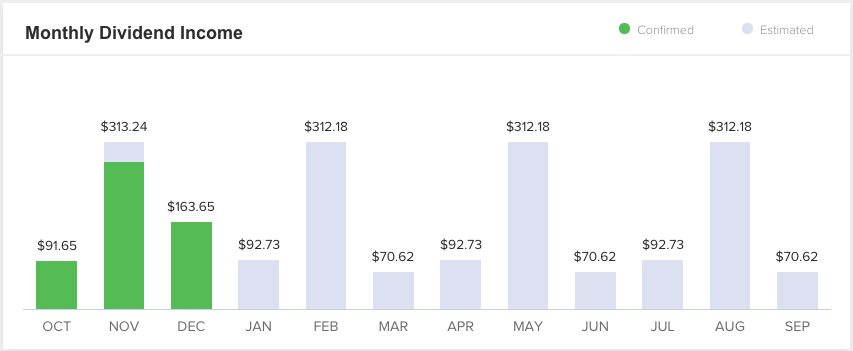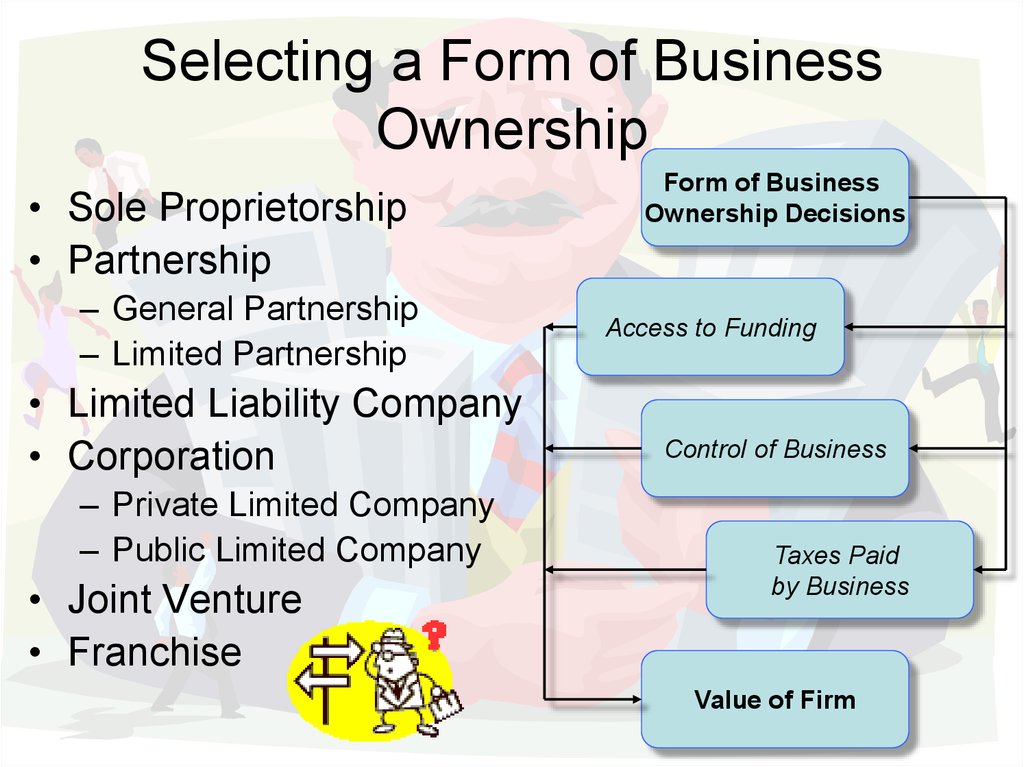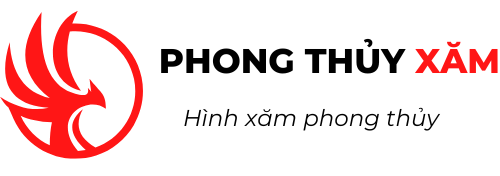Content
We will check how organizations compute this cost and why it is important to calculate it. Additionally, we will explain the components of inventory carrying costs and how they can be reduced. The average carrying costs for most manufacturers is between 20% to 30%, though going below 20% means lower expenses for you.
What are the 2 methods of inventory costs?
There are three methods for inventory valuation: FIFO (First In, First Out), LIFO (Last In, First Out), and WAC (Weighted Average Cost).
Inventory carrying costs (also referred to as ‘inventory holding costs’) are those fees a business pays for keeping its inventory items in stock. Carrying costs can be quite varied, in fact, and include anything from taxes and insurance, to employee costs and the price for replacing perishable goods. Having an accurate view of your carrying costs is critical in knowing how much profit your current inventory can make. Fortunately, businesses can reduce these costs by utilizing an efficient warehousing layout and leveraging innovative inventory management. This includes data on product performance, like how much it’s worth, its sitting age, and its turnover per warehouse — in other words, it reveals the amount of dead stock you’re carrying.
What is the inventory carrying cost?
Because every brand has a finite amount of money at their disposal, it’s imperative to use caution as you spend it. When you’re careful with how you invest, you’ll have a better chance of striking the https://online-accounting.net/ right balance with your resources, so make sure to work out a solid budget you can stick to. Types of inventory includes raw materials inventory, work in progress inventory, and finished goods.

That change in inventory is what then gets reported as a COGS entry on your income statement. Since inventory is an asset, it is reported in the asset section of your company’s balance sheet. Opting to restrict order placements and inventory tracking to a select handful of employees can be an extremely limiting and counterproductive practice. Assuming that inventory tracking is reserved for the ‘pros’ can cause your receiving and purchasing The Cost of Inventory process to bottleneck, which ultimately delays the availability of stock to fulfill customer orders. As long as you have the right software in place and you’re using barcode scanners, there’s no reason why other employees can’t take care of receiving, ordering, and shipping your products, as well. If you’ve ever heard someone remark that inventory management is easy, unfortunately, that person wasn’t speaking with a lot of legitimacy.
Capital costs
The COGS and inventory balance once again change when customers buy 60 units under the HIFO and LOFO methods during a period. The HIFO example removes the highest cost inventory first, leaving less value in stock, and the LOFO example removes the lowest cost inventory first, leaving a higher value in stock.





